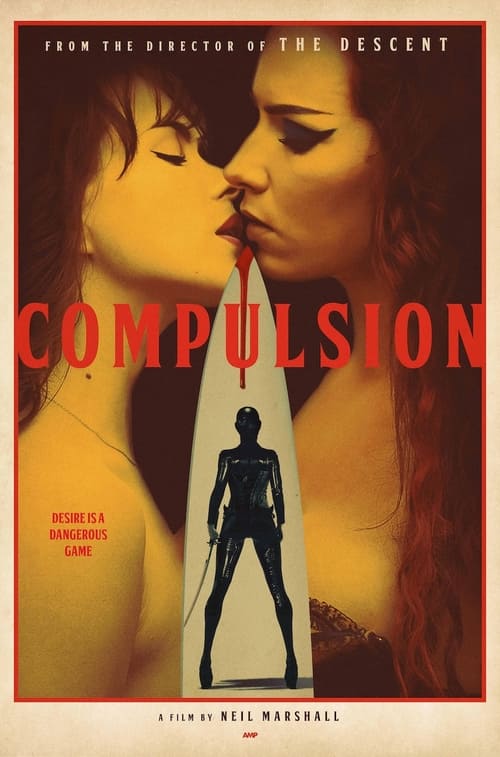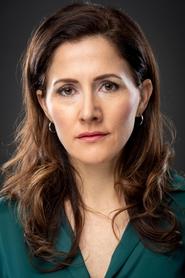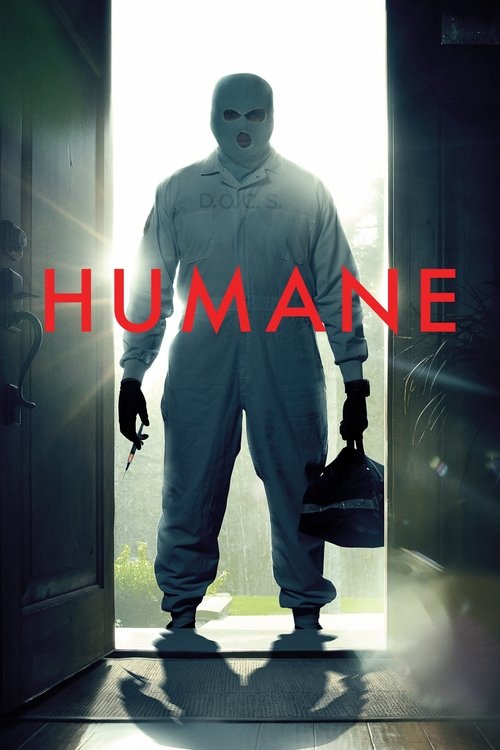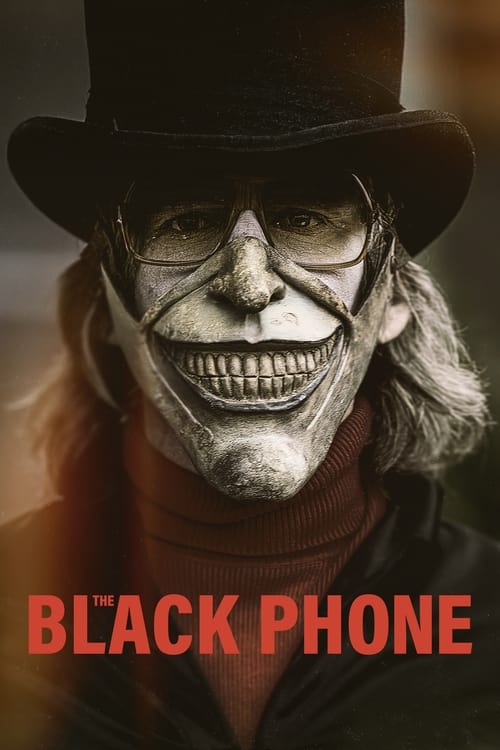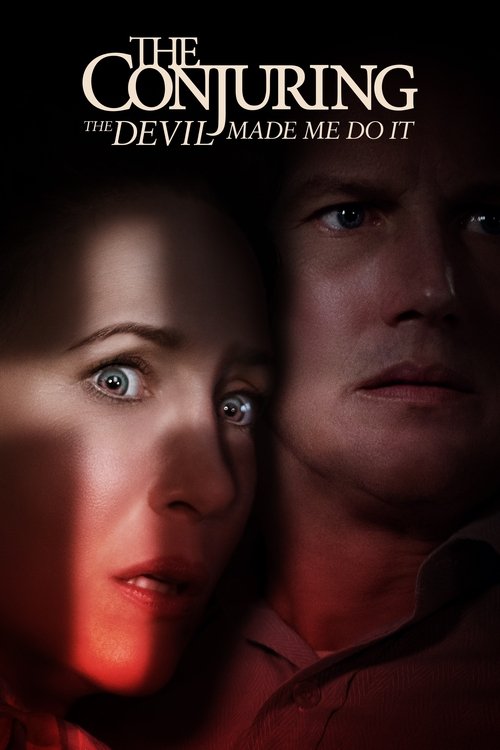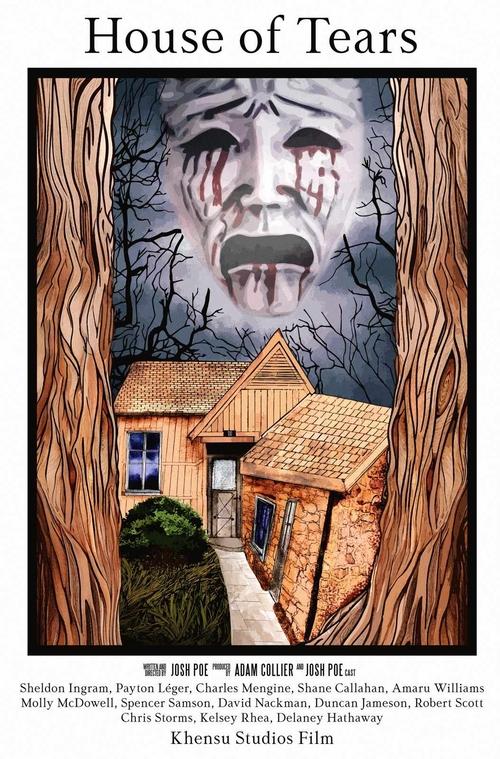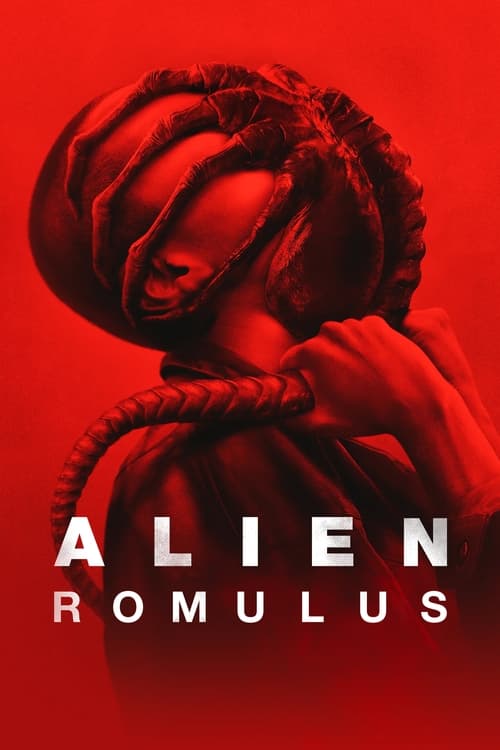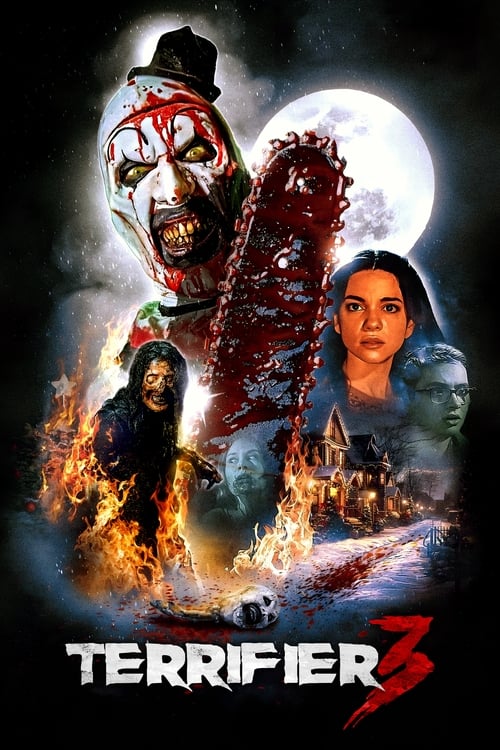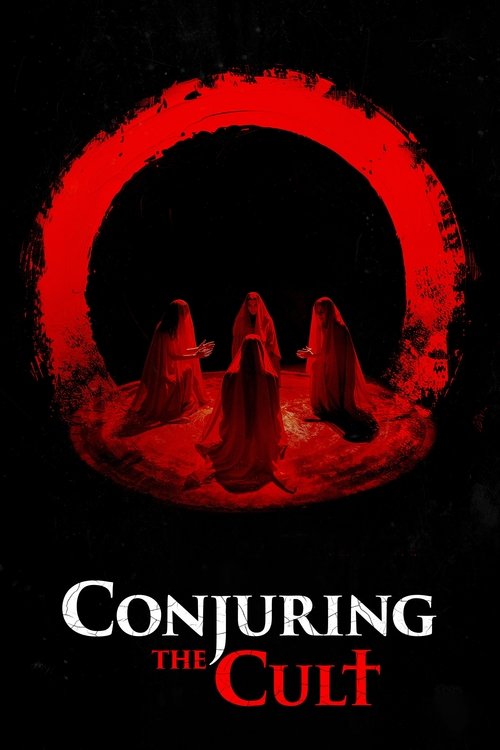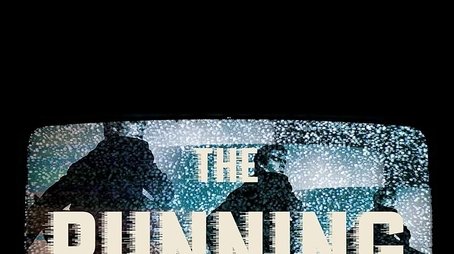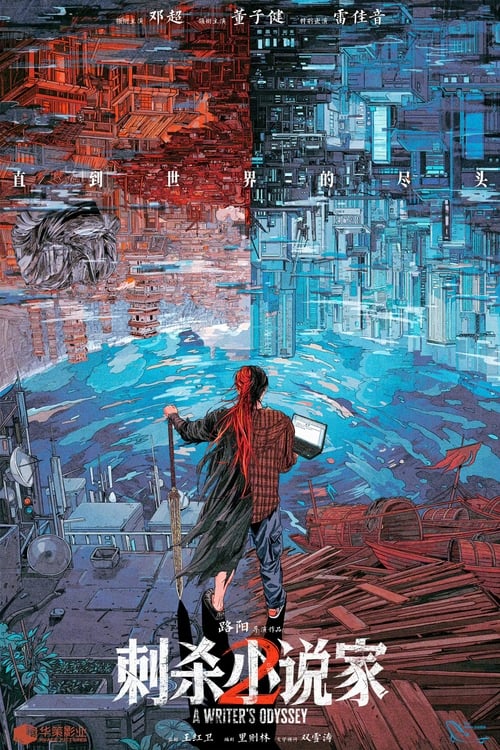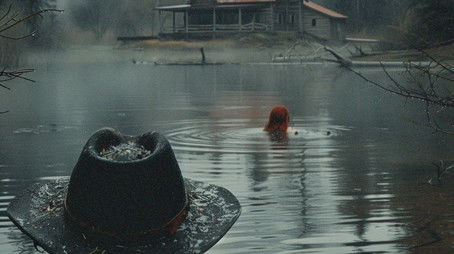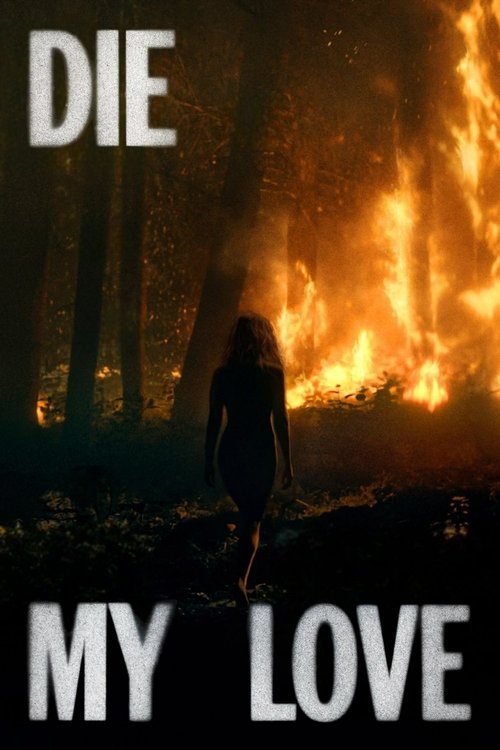
Ask Your Own Question
What is the plot?
The story opens with a memory of a childhood excursion on a river. A younger Val Nguyen rides aboard a small motorboat with her mother, Chi, and her father, Sang, who at that time is a hard-edged soldier just returned from war. The calm of the trip fractures when Chi's behavior becomes erratic: she suddenly forces Val into the water and tries to hold her under. Sang lunges into the river to pull Val free and, in the struggle that follows, he stabs Chi with a pocketknife to stop her from drowning their daughter. Chi dies on the boat, and Sang stands over her body as rescuers arrive; Val survives but the event fractures the family and leaves Val with a recurring physical compulsion she hides from others.
Years later Val, now an accomplished motivational speaker who performs on international stages, conceals a private, worsening habit: she compulsively scratches the back of her head. The irritation begins as a minor tic but grows into an almost ritualized, violent picking that she keeps out of public view. She carries the anxiety of the boating death in her chest and the habit flares whenever she feels exposed or guilty. Sang has retreated from the world into monastic life and sobriety after a history of addiction, while Val's relations with him remain distant and strained. Chi's death and Sang's past choices have left family ties frayed; Val has not seen Sang in years.
As Val prepares for an imminent international tour, her publicists tell her she needs to produce a birth certificate to confirm her identity for travel paperwork. She decides to reconnect with the few relatives she still trusts. Her Aunt Thuy directs her to Sang, telling Val that he retains the original documents that can verify her birth. Val travels to Sang's isolated house, which adjoins the temple where he now lives as a monk. Their reunion is frosty: Sang greets Val with clipped formality, and Val reacts with a mixture of accusation and guarded curiosity. Sang refuses to give her the documents at first, their conversation rubbing against old wounds about Chi's death, Sang's alcoholism, and the decade of silence that followed. Sang finally produces the paperwork but also tells her a story: a Vietnamese folktale about a parasitic spirit called the Sanshi that latches onto human hosts and drives them to destructive compulsions.
Val listens without believing the tale. Sang frames it as a superstition that explains how certain violent impulses can propagate among families. He tells her that, in wartime, men who invoked the Sanshi did so to gain ferocity and protection, but the ritual could backfire and pass the creature to their loved ones. Sang's account mixes confession and fear; he admits that the war left him with things he cannot fully lay to rest. Val accepts the documents but leaves unsettled, privately mocking Sang's story as the superstition of an aging man.
Back at home, Val's scratching intensifies. She removes hair, rubs until the scalp blooms with irritation, and at one point tears at an inflamed patch until raw skin and a deep wound appear. She hides her scalp beneath hats and headscarves during interviews, but pushes herself to perform despite the pain. One night she picks at the wound until she notices a spreading discoloration that resembles a rash in old family photos. That discovery pushes her to dredge through Chi's old albums; she finds images of her mother's exposed scalp riddled with mysterious lesions and puckered raw patches. The photographs match the infections Val has been fighting, and Sang's Sanshi tale begins to slip from superstition into a plausible explanation in Val's mind.
Meanwhile Val's personal life starts to crack beneath the pressure. She and her husband Robbie have been trying to conceive, and the issue of children becomes a test of intimacy. Val has secretly been taking birth control pills without telling Robbie; she is afraid of passing anything on to a child, and she keeps the pills because she cannot decide whether to risk pregnancy. Robbie discovers her secret when he finds the pill pack in a shoebox of the things she keeps from before their marriage. He confronts her in their kitchen; the argument escalates into accusations of secrecy and betrayal. Robbie is hurt because he feels shut out of a decision that affects both of them; Val is defensive and enraged because she feels abandoned by a family legacy she cannot control. Their marriage becomes a battleground where the scraping at Val's scalp is both a physical manifestation of her distress and a source of shame she refuses to admit. Robbie, who wants to believe in rational causes, demands that she see a doctor; Val prefers to keep her condition private.
Val's compulsion worsens into visible, dangerous behavior the night before a major keynote engagement. She stands onstage and begins to speak about resilience and control, but midway through the talk her hand darts to the back of her head. She rakes her nails over a healing scab until blood beads at her hairline. The live audience gasps, camera angles cut away, and the venue's medical staff rush her off the stage. Val experiences a breakdown under the bright lights: she rants incoherently about needing to stop something crawling inside her, and event security escorts her to an ambulance. Reporters swarm the hospital. Doctors examine the wound and perform scans; a neurologist orders a CT to rule out self-harm extending to intracranial damage.
The scans reveal a shocking injury: Val has scratched through her scalp into the outer surface of her skull. Surgeons and neurospecialists assess the compromised area as a superficial but dangerous lesion into the cranial bone; they clean and suture the site and admit her for observation to monitor for infection. During her hospitalization Val slips into vivid hallucinations. In the quiet of the ward she sees shapes and movements along the walls, hears the whispered cadence of the Sanshi story Sang told her, and dreams of a small, wormlike embryo curling under her skin. Nurses concern themselves with the wound and her psychological state, and psychiatrists evaluate her for obsessive-compulsive disorder and skin-picking disorder. Robbie sits with her in the fluorescent hospital room; he is alternately supportive and bewildered, unable to reconcile the woman he married with the patient before him.
Once discharged, Val returns home under Robbie's reluctant care. She grows fixated on Sang's tale and the photographs of Chi's rash. She pushes medical explanations away and begins to investigate the family's past more aggressively. She confronts Sang again at the temple, insisting on the truth. This time he stops holding back. Sang recounts the wartime rituals he participated in, revealing that he once sought protection and invited the Sanshi's favor. He confesses that the consequences followed him back home: the spirit latched to Chi, and after Chi's behavior turned violent and suicidal--culminating in the boating incident where she tried to drown Val--he killed her to stop the spread. Sang describes the killing in halting words: in the river struggle he stabs Chi with a knife to keep her from pulling Val under, and he sees the act as an anguished measure to save his child. He carries guilt like a physical wound and explains that he hoped to atone by renouncing violence and alcoholism and by embracing the monastery life. Val listens to Sang's admission and feels betrayal anew; Sang's confession is a middle of the road between monstrous and necessary, and it complicates her grief and anger. Sang tells Val that the Sanshi can pass quietly through generations and that those afflicted will feel compulsions that manifest as urges to harm themselves or others. Val leaves Sang with new conviction that she is carrying more than hereditary trauma--she understands she may host something ancient and parasitic.
Paranoia and compulsion combine into a new urgency. Val begins to interpret everyday sensations as the Sanshi's activity: itch becomes the creature's movement; a rise of emotion becomes its hunger. She believes physical injury can draw it out. Sang's earlier attempts to drown manifestations of the creature weigh on her mind; she recalls the way he tried to stop Chi by seizing control of the situation on the river. Val concludes that to rid herself of the parasite she must force it out of her body by inflicting controlled, dramatic harm to lure it into an external form she can destroy. She researches rituals, old remedies, and the folktale Sang told, cross-referencing them with the photographs of Chi's rashes. None of the medical reports reassure her; infection tests come back inconclusive or consistent with self-inflicted excoriation.
Val stages an exorcism of sorts in her own apartment. She prepares a series of actions meant to provoke the Sanshi: deep cuts around the lesion on her scalp, heat, salt applied to wounds to cause shock, repeated self-inflicted pain until she convulses. As she drives herself to the brink, her perception shifts and the house darkens around her. She sees a shape coalesce from the blood and hair--first a wet, pulsing knot, then a grotesque, fetal-like thing with thin, translucent skin and the tiny shape of a human mouth. Val screams as the creature pulls free from her scalp as if being birthed by her wound. She staggers backward into the living room, the thing writhing in a pool of her blood. It scents the space with a small, insectile rustle and begins to grow larger and more animate.
The confrontation turns violent and chaotic. Val believes the only way to kill the thing is to drown it, replaying Sang's ad hoc attempt on the river of years before. She lures the creature toward the bathroom, then into the swimming pool in the building's communal area, thinking immersion will end it. The creature lashes and elongates into a monstrous manifestation: a serpentine mass with clinging tendrils that attempt to latch onto Val and any nearby hands that try to restrain it. Sang and Robbie, who have followed Val in desperate attempts to help, join the struggle beside the pool. Sang moves with a grim, practiced force born of his soldier's past, and Robbie fights with the panicked physicality of a husband who refuses to lose his wife. The creature uses its sticky appendages to pull at Val's hair and skin and snaps at Sang's hands; it bites at Robbie's arm, leaving small puncture wounds from which black fluid seeps. The fight is detailed and specific: Sang wrests a pool skimmer pole to pry the creature's grasp away from Val's torso as the thing coils around her legs; Robbie grabs Val's shoulders to pull her free as she sinks beneath the waterline trying to wrest the entity into the pool's basin.
Underwater the creature fights differently, compressing and compressing until it looks like a fetal mass again, and Val forces it into deeper water. Sang attempts to hold the creature down by the tail, jamming a pool ladder with his shoulder so the mass cannot slip free. Robbie, choking and coughing from splashed chlorinated water, reaches into the pool and hauls Val out when she slips beneath in her single-minded drive to drown the thing. When Robbie finally drags her away, Val slumps against the pool tile with her hands stained crimson, and the creature, no longer a writhing monster but instead reduced to a small, grotesque infantile form, floats in a shallow ring of water and refuses to dissolve. Sang, exhausted and shaken, watches as Val clutches the creature in her hands like a perverse newborn, its skin papery and its ribs visible through translucent flesh. The group stands in the pool area--Sang wet and trembling from exertion, Robbie dripping and bewildered, and Val holding the shrunken Sanshi in her palms.
Medical personnel and police arrive as someone calls for help; paramedics transport Robbie and Val to the hospital for treatment of cuts, lacerations, and water inhalation. The creature does not survive exposure to chlorinated pool water in the sense that it does not continue to thrash and expand; it becomes a diminished, fetal-like thing that Val still cradles like a birth artifact. Blood tests taken later show anomalies, but clinicians find no parasitic organisms in standard panels. Val keeps the small body wrapped in a towel at the hospital for a short while before she gives it to Sang; he buries it according to the rituals he learned at the monastery, performing chants and rites he hopes will finally end the cycle he helped begin in the war. Sang digs a shallow grave on temple grounds and places the small carcass in the earth with a prayer; he pours water over it and murmurs the words of a ritual to lay restless things to rest. The burial ceremony is short and private; Sang accepts his role as the one who must tend to consequences he unleashed decades before.
After these events, Robbie and Val return home. The hospital clears her for discharge on the condition that she continue psychiatric follow-up and wound care. In their apartment Val feels raw and exhausted but also calmer, as if the physical act of forcing the creature into the open has removed some of the immediate pressure. One evening, sitting at the kitchen table with a bandage still wrapped around her head, Val tells Robbie she is pregnant. He reacts with shock and joy mingled with fear. He promises to stand by her and to help her get through whatever comes next. Val accepts his embrace and holds the news as a fragile promise of normalcy.
The final scene pares back to a quiet domestic moment: Val and Robbie sit in soft lamplight with a newborn in the crib, the baby asleep and swaddled. Sang watches from the doorway, his face unreadable but his posture relieved and sorrowful at once. Val rises to check on the baby, placing a gentle hand on a blanket and smoothing it. As she bends to lift the child, the camera lingers on a single detail: a small, black insect crawling across the infant's blanket. The bug moves with deliberate, methodical purpose as Val's hand passes over it, and Robbie does not notice it immediately. Val pauses, her fingers stilling for a fraction of a second when she sees the insect, and she covers it with her palm before it draws closer to the baby's cheek. The final image is restrained and precise: Val's hand over the tiny creature, the baby sleeping untouched beneath, and Sang standing in the dim doorway. The narrative closes on that uncertain tableau, with Val holding the infant and the implication that, despite her hard-fought confrontation, the lineage of the compulsion she and her family have carried may not be entirely extinguished.
What is the ending?
The ending of Compulsion (2024) concludes with the resolution of the serial killer case on Malta and the intertwined fates of the two main women, Diana and Evie. The serial killer is revealed and confronted, while Diana's criminal scheme and her relationship with Evie reach a tense climax, leaving their futures uncertain but marked by the consequences of their actions.
Expanding on the ending scene by scene:
The final act opens with heightened tension as the serial killer, a figure clad in black latex, continues to stalk the men of Malta. The local police, including Detective Claudia and the West Yorkshire detective brought in for expertise, close in on the killer's identity. The investigation reveals key clues that point toward the killer's modus operandi and motive, culminating in a confrontation that exposes the killer's identity and stops the spree of gruesome murders.
Meanwhile, Diana, a petty criminal from London who has been scheming to rob the safe in Evie's stepfather's villa, faces the fallout of her plan. Her boyfriend, who owes money to a local crime lord and has been jealous yet complicit in Diana's seduction of Evie, becomes increasingly unstable. Diana's attraction to Evie complicates her intentions, creating emotional tension between them.
Evie, a shy young woman on a break in Malta and uncertain about her relationship with her girlfriend who has just left, struggles with temptation and trust. As Diana's plan unravels, Evie must confront the reality of Diana's duplicity and the danger surrounding them both.
In the climactic scenes, the serial killer is confronted and neutralized by the police, ending the immediate threat to the community. Diana's criminal plot is exposed, and she faces the consequences, though the film leaves some ambiguity about her ultimate fate. Evie, having survived the ordeal, is left to process the trauma and betrayal, her future uncertain but marked by newfound awareness and resilience.
The film closes on a note that intertwines the resolution of the murder mystery with the personal conflicts and transformations of the two women, highlighting themes of trust, survival, and the blurred lines between victim and perpetrator.
Main characters' fates at the end:
- The serial killer is caught or killed by the police, ending the murder spree.
- Diana's criminal scheme fails, and she faces repercussions, though the film does not fully detail her final outcome.
- Evie survives the ordeal, emotionally changed and left to rebuild her life after the betrayals and violence she endured.
- Diana's boyfriend's fate is less explicitly detailed but is implied to be grim due to his debts and involvement in the criminal underworld.
This detailed narrative captures the film's closing moments, scene by scene, focusing on the resolution of the murder plot and the intertwined personal dramas of Diana and Evie.
Is there a post-credit scene?
There is no available information indicating that the 2024 film Compulsion, directed by Neil Marshall and set on the island of Malta, contains a post-credit scene. The film's production status is listed as completed, but no trailer, detailed plot breakdown, or mention of any extra scenes during or after the credits has been published as of the latest updates.
If you require a detailed, scene-by-scene narrative summary of the main plot (based on the limited official synopsis and available reviews), I can provide that--but regarding your specific question about a post-credit scene, the answer is: none has been reported or confirmed in any credible source for this 2024 production.
What role does the serial killer play in the plot of Compulsion?
The serial killer in Compulsion is a mysterious figure dressed in an S&M latex outfit, who is responsible for a series of gruesome murders on the island of Malta. This character's actions create a backdrop of fear and tension, influencing the main characters' decisions and interactions throughout the story.
How do the two women become involved in the intense affair mentioned in the synopsis?
The intense affair between the two women in Compulsion develops as they navigate the dangerous and complex situation unfolding around them. Their relationship is marked by sexual tension and emotional intensity, which becomes a central aspect of the plot as they deal with the murders and other challenges.
What is Detective Claudia's role in the investigation?
Detective Claudia leads the local police in Malta as they investigate the series of murders. Her character is crucial in the pursuit of the killer and in uncovering the secrets and lies that the main characters are entangled in.
How does the con artist element affect the main character's situation?
The con artists in Compulsion target the main character, creating additional danger and complications. This element adds to the tension and suspense, as the character must navigate both the murders and the deceitful intentions of these con artists.
What is the significance of the stepfather's villa in the story?
The stepfather's villa serves as the initial setting where the main character's visit spirals into danger. It is here that she becomes embroiled in the complex web of murder, deceit, and danger, setting the stage for the rest of the plot.
Is this family friendly?
The movie Compulsion (2024) is not family friendly and is rated R due to strong bloody violence, grisly images, strong sexual content, nudity, pervasive language, and brief drug use.
Potentially objectionable or upsetting aspects for children or sensitive viewers include:
- Intense and graphic violent scenes, including multiple gruesome murders with graphic depictions such as slashing with a razor and stabbing with a samurai sword, blood splattering, and brutal fight scenes with visible injuries.
- Strong sexual content and nudity, including scenes featuring latex, leather, and bondage-type outfits.
- Moderate profanity and drug/alcohol use throughout the film.
- Severe frightening and intense scenes, including a masked female killer in a black leather bondage outfit, which may be disturbing.
- The overall tone is a psychological thriller with steamy and violent elements, which may be unsettling for sensitive viewers.
Given these elements, Compulsion is unsuitable for children and may be distressing for viewers sensitive to violence, sexual content, and intense thriller themes.

